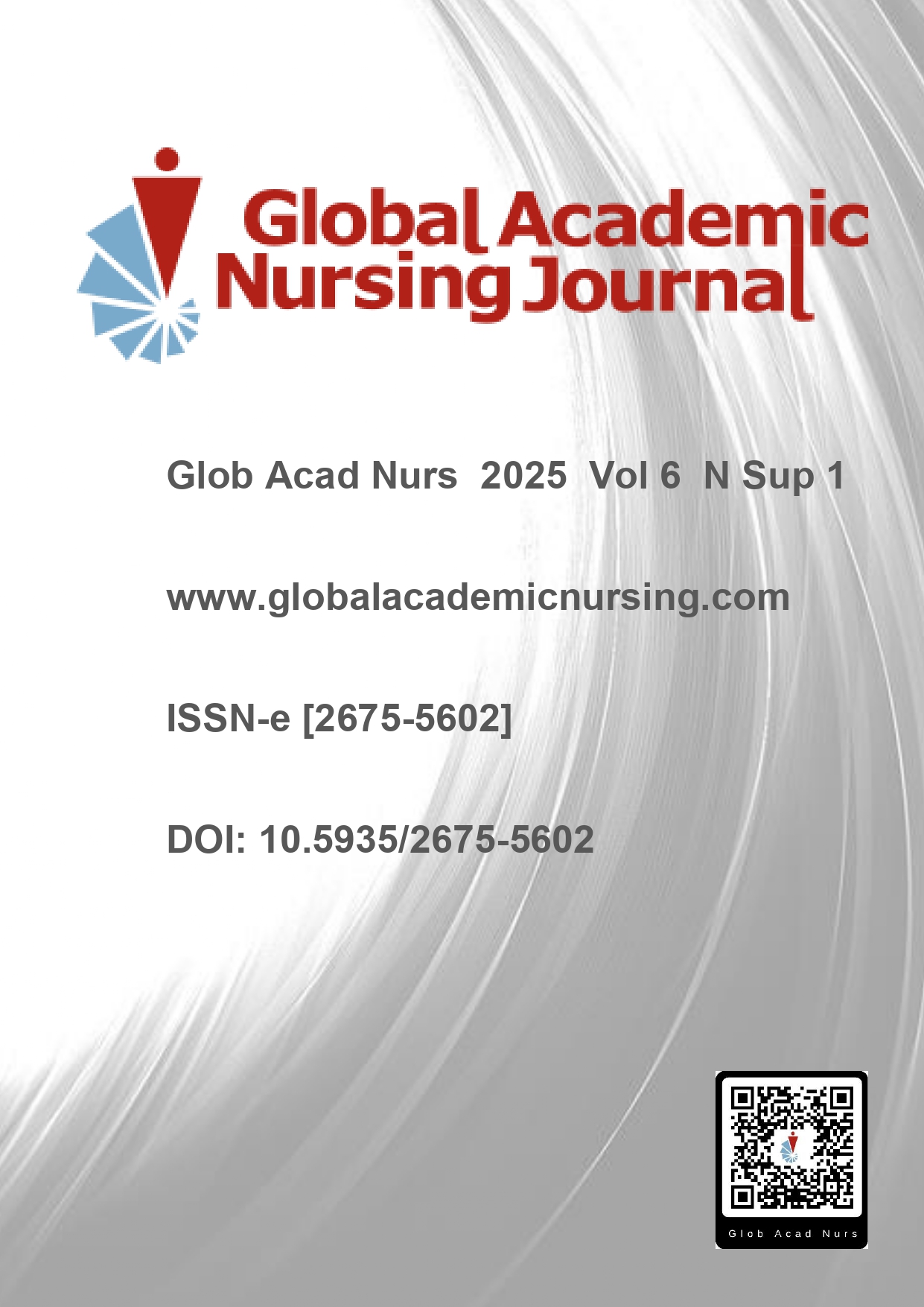Abstract
Kinins are neuropeptides involved in the process of pain and inflammation. They are released through the activation of two receptors B1 and B2. The B2 receptor is considered a constitutive receptor in central and peripheral tissues and the B1 receptor is rarely expressed in normal tissues, but may be expressed after infection and tissue injury plasma leakage, cell migration, pain and hyperalgesia, although many studies have revealed the presence of this receptor constitutively in the canine cardiovascular system. Capsaicin is a vanilloid receptor type 1 (TRV1), a component of red pepper, participates in the thermal transduction of pain and inflammation. TRV1 causes degeneration of primary afferent fibers (C (Aδ)) which are sensory fibers that mediate pain.
References
Buck SH, Ongali B, Thibault G, Lindsey CJ, Couture R. Autoradiographic detection of kinin receptors in the human medulla of control, hypertensive, and diabetic donors. Can J Physiol Pharmacol. 2002;80(4):249-57. DOI: 10.1139/y02-050
Calixto JB, Cabrini DA, Ferreira J, Campos MM. Inflammatory pain: kinins and antagonists. Curr Opin Anaesthesiol. 2001 Oct;14(5):519-26. DOI: 10.1097/00001503-200110000-00010
Calixto JB, Medeiros R, Fernandes ES, Ferreira J, Cabrini DA, Campos MM. Kinin B1 receptors: key Gprotein-coupled receptors and their role in inflammatory and painful processes. Br J Pharmacol. 2004;143(7):803-18. DOI: 10.1038/sj.bjp.0706012
Caous CA, Buck HS, Lindsey CJ. Neuronal connections of the paratrigeminal nucleus: a topographic analysis of neurons projecting to bulbar, pontine and thalamic nuclei related to cardiovascular, respiratory and sensory functions. Auton Neurosci. 2001; 94(1-2): 14-24. DOI: 10.1016/s1566-0702(01)00338-1
Couture, R.; Lindsey, C. J. In: Quirion, R., Bj klund, A., Hokfelt, T. (Eds.). SR142801 behaves as a tachykinin NK-3 receptor agonist on a spinal nociceptive reflex in the rat. Handbook of Chemical Neuroanatomy 2000; 16: 241-299.

This work is licensed under a Creative Commons Attribution-NonCommercial-NoDerivatives 4.0 International License.
Copyright (c) 2025 Global Academic Nursing Journal

